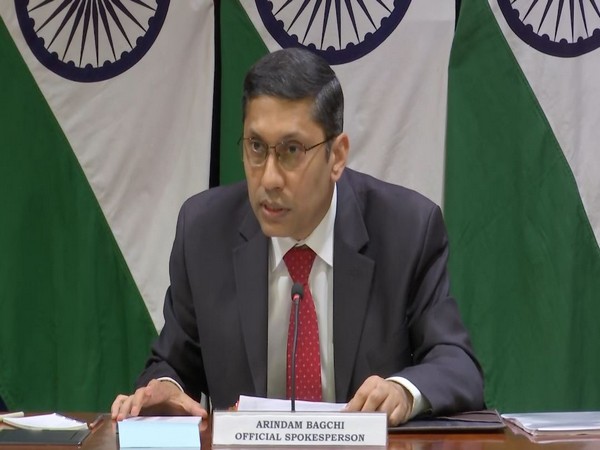The launch of Boeing’s Starliner spacecraft, scheduled to carry NASA astronauts Sunita Williams and Barry Wilmore to the International Space Station (ISS) was on Monday (local time) postponed after a valve glitch in the upper stage of the rocket set to propel it to space.
Rocket company United Launch Alliance’s Tom Heter III, the director overseeing the launch announced the decision to delay the launch about two hours before the expected lift off from the Cape Canaveral Space Force Station in Florida, United States.
NASA announced on social media platform X that the problem was identified with an oxygen valve on part of ULA’s Atlas 5 rocket and that the space agency, Boeing and ULA have “scrubbed the launch opportunity on May 6 for the agency’s Boeing Crew Flight Test to the International Space Station due to a faulty oxygen relief valve observation on the Atlas V rocket Centaur second stage. The crew and rocket remain safe and more information will be forthcoming.”
It said that NASA astronauts Wilmore and Williams exited the Starliner spacecraft at Space Launch Complex-41 at Cape Canaveral Space Force Station in Florida and will return to astronaut crew quarters.
The event would have marked the first human crewed flight for Starliner with Indian origin Sunita “Suni” Williams piloting the craft with fellow NASA pilot Barry “Butch” Wilmore. Boeing had designed Starliner to rival the Dragon capsule of Elon Musk’s SpaceX which carried out its crewed flight test in May 2020. SpaceX has handled most of NASA’s crew transportation needs since then.
Ironically, the flight would mark the first crewed voyage to space using an Atlas rocket since the storied series of launch vehicles first sent astronauts, including John Glenn, on orbital flights for NASA’s Mercury program in the 1960s.
Once launched, the capsule will arrive at the space station after a flight of about 26 hours and dock with the orbiting research outpost some 250 miles (400 km) above Earth. A resident ISS crew, currently comprising four U.S. astronauts and three Russian cosmonauts, will be there to greet them.
Wilmore and Williams are expected to remain at the space station for about a week before riding the Starliner back to Earth for a parachute and airbag-assisted landing in the U.S. Desert Southwest – the first time such a system has been used for crewed NASA missions.
(Input from agencies)



















